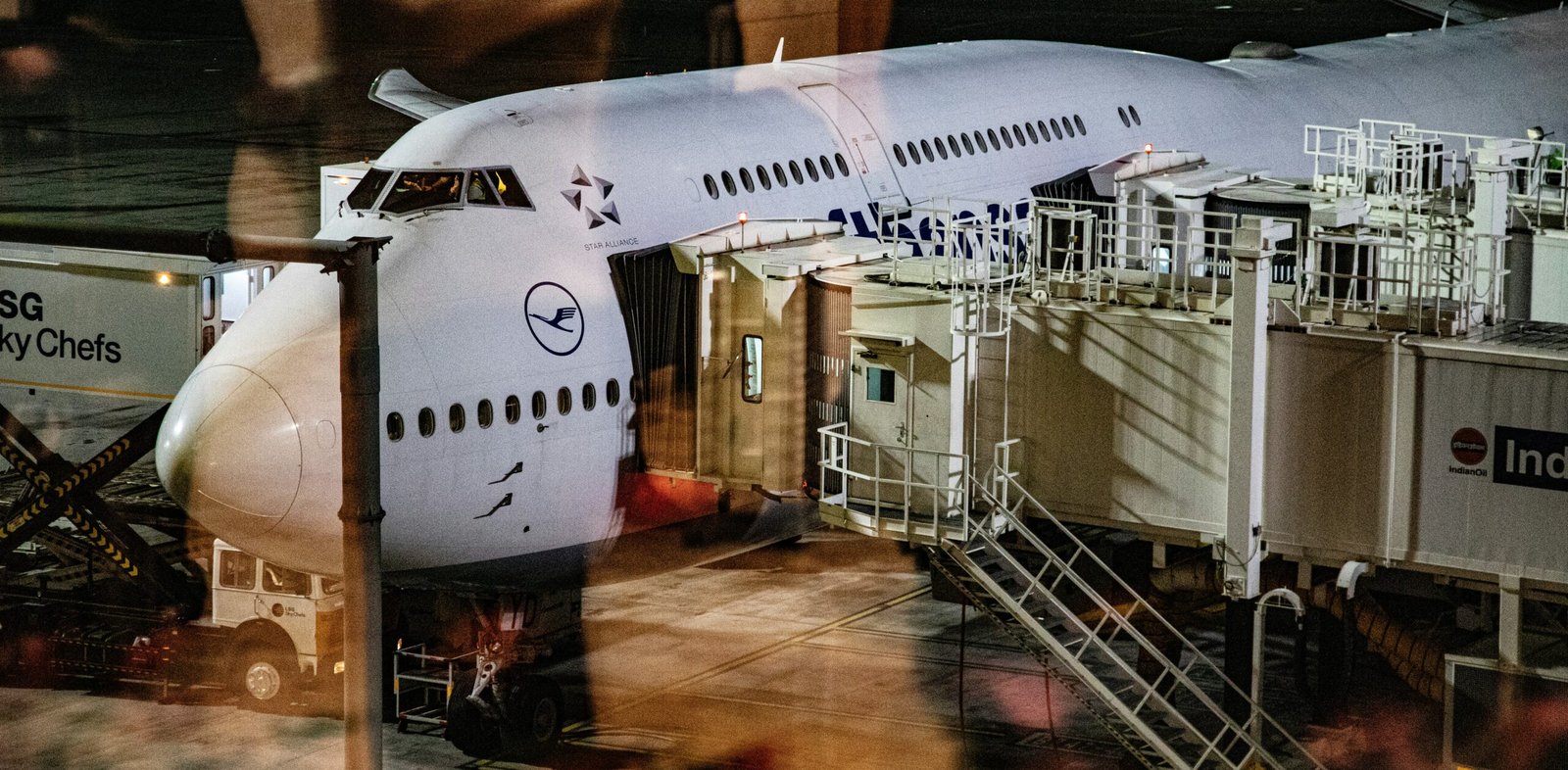Minimalism Made Easy: Declutter Your Life for Mental Clarity
Understanding Minimalism
Minimalism is a lifestyle choice that emphasizes simplicity and intentionality in various aspects of life. At its core, minimalism advocates for living with less, shedding unnecessary possessions, and focusing on what truly matters. This approach leads not only to a physical decluttering of one’s environment but also encourages mental clarity and emotional well-being. The minimalist philosophy can be traced back to various cultural and artistic movements, with roots in Eastern philosophies such as Buddhism, which promotes the idea of detachment from material goods. In the modern context, it has garnered significant attention as individuals seek to guide their choices toward a more purposeful existence amid the chaos of consumerism.
The significance of minimalism in contemporary life cannot be overlooked. In an era where digital distractions and material possessions can overwhelm our senses, adopting a minimalist lifestyle encourages a mindful approach to consumption. It compels individuals to assess not only what they own but also how these items affect their mental and emotional states. By reducing clutter, a sense of calmness and focus can be nurtured, allowing room for creativity and deeper connections with oneself and others.
Furthermore, minimalism has notable emotional and psychological benefits. It promotes a clearer mindset, as the elimination of excess fosters an environment conducive to making well-considered decisions. The practice encourages individuals to concentrate on meaningful relationships, experiences, and personal growth rather than on accumulating possessions. Engaging with minimalism enables individuals to reassess their priorities, cultivating a sense of fulfillment derived from intrinsic values rather than extrinsic ones. Through the lens of minimalism, it becomes evident that the art of decluttering can lead not only to a more organized life but also to a profound transformation towards greater mental clarity and life satisfaction.
Identifying What to Declutter
Embarking on a decluttering journey requires a systematic approach to identifying items that contribute to clutter in your life. The first step is to assess your belongings methodically, starting with physical items such as clothing, household essentials, and personal belongings. Begin by selecting one area, like a closet or a room, to tackle at a time. This focused approach reduces overwhelming feelings and allows for a more thorough evaluation of what you truly need.
As you examine each item, ask yourself critical questions: Do I use this regularly? Does it hold sentimental value? Is it something that adds joy or utility to my daily life? By questioning the necessity of each item, you can better discern its value. Aim to categorize items into four distinct groups: ‘keep’, ‘donate’, ‘sell’, and ‘archive’. This classification can significantly simplify the decluttering process, making it less daunting.
Utilizing effective techniques and tools can enhance your efficiency during this evaluation. Employ strategies such as the “one-year rule,” which suggests that if you haven’t used an item in the last year, it may not be worth keeping. For sentimental items, consider taking photographs to preserve memories while allowing the physical item to be donated or discarded. Digital decluttering is equally important; systematically organize files on your devices, removing unnecessary documents and applications. Set aside time each week to review your commitments, ensuring that they align with your priorities and values.
By following this structured approach to identifying clutter, you will not only create physical space but also pave the way for mental clarity. Implement these steps diligently, and you will find yourself on the path toward a more organized and minimalist lifestyle.
Decluttering Techniques and Tips
Decluttering can seem overwhelming, but with the right techniques and tips, it becomes manageable and even rewarding. One popular method is the KonMari Method, developed by Marie Kondo, which emphasizes keeping only those items that “spark joy.” This technique encourages individuals to categorize their belongings rather than tackle one room at a time. By focusing on categories—such as clothing, books, and sentimental items—individuals can more easily decide what to keep and what to discard, leading to a clearer, more organized space.
Another effective strategy is the Four-Box Method, which involves labeling four boxes as “Keep,” “Donate,” “Trash,” and “Relocate.” This approach allows users to evaluate each item purposefully and comprehensively categorize belongings in one go. This structured technique can facilitate decision-making and reduce procrastination, enabling smoother transitions through the decluttering process.
The One-In-One-Out Rule is also a practical tip to maintain a clutter-free environment. By committing to remove one item every time you acquire a new one, you cultivate mindfulness in your purchasing decisions and keep your living space under control. To further streamline decluttering, creating a decluttering schedule can provide a consistent framework, breaking down the process into manageable blocks of time, whether it’s dedicating a few minutes each day or a longer session once a week.
Maintaining motivation throughout the decluttering journey is crucial. Visualizing the end result—a clear, serene space or a decluttered mind—can serve as powerful motivation. Lastly, dealing with emotional attachments can pose a challenge; it’s helpful to acknowledge the feelings associated with items and to remind oneself of the lived memories rather than the physical objects. By embracing small, consistent actions, individuals can achieve significant, lasting changes in both their environments and mental well-being.
Maintaining a Minimalist Lifestyle
Transitioning to a minimalist lifestyle is just the beginning; sustaining this newfound clarity requires ongoing commitment and mindful habits. One effective strategy is to develop a clear framework for assessing consumption behaviors. This involves asking critical questions before acquiring new items: Do I truly need this? Does it add value to my life? This mindful consumption approach minimizes clutter and encourages intentional choices.
In addition to being selective about what enters your space, it’s important to regularly reevaluate your belongings. Establishing a schedule—such as biannually or quarterly—can promote ongoing reflection on what you own. During these check-ins, assess whether each item still serves a purpose or brings joy. This practice not only keeps your space decluttered but also nurtures a mental state of clarity, allowing you to focus on what truly matters.
Integrating minimalism into your daily routine is another vital aspect of maintaining this lifestyle. Small, consistent actions can create significant change. Consider implementing challenges such as a “30 Days of Minimalism” where you gradually reduce the number of items in specific categories or areas of your life. These challenges can serve as catalysts for deeper introspection about your consumption patterns.
Moreover, engaging with a community of like-minded individuals can reinforce your minimalist journey. Sharing experiences, tips, and challenges with others helps you stay motivated and accountable. Online platforms and local meet-ups are excellent resources for finding support. The collective energy of a community fosters a culture of minimalism, reinforcing the benefits through shared stories of success.
Ultimately, maintaining a minimalist lifestyle is an ongoing process that thrives on mindful consumption, regular assessment, daily integration, and community engagement. By adopting these practices, you can cultivate a sustainable, clear-minded approach to life that remains rewarding over time.









